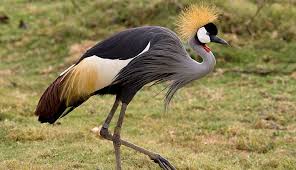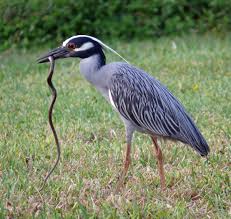Souvenir Sheet: Bird Conservation (Bhutan 2015)
Bird Conservation (Bhutan 2015)
11 November (Bhutan ) within release Bird Conservation goes into circulation Souvenir Sheet Bird Conservation face value 2*50 Bhutanese ngultrum
| Souvenir Sheet Bird Conservation in catalogues | |
|---|---|
| Michel: | Mi: BT BL547 |
| Stamp Number: | Sn: BT 1537 |
Souvenir Sheet is horizontal format.
Souvenir sheet of 2Also in the issue Bird Conservation:
- Stamp - Black-necked Crane (Grus nigricollis) face value 15;
- Stamp - White-bellied Heron (Ardea insignis) face value 50;
- Stamp - Black-necked Crane (Grus nigricollis) face value 15;
- Souvenir Sheet - Bird Conservation face value 2*50;
- Mini Sheet - Bird Conservation face value 8*15;
- Stamp - Black-necked Crane (Grus nigricollis) face value 15;
- Stamp - White-bellied Heron (Ardea insignis) face value 15;
- Stamp - Black-necked Crane (Grus nigricollis) face value 15;
- Stamp - Black-necked Crane (Grus nigricollis) face value 15;
- Stamp - Black-necked Crane (Grus nigricollis) face value 50;
- Stamp - Emblem of the Royal Society for Protection of Nature face value 15;
- Stamp - Dancers in costume, Black-necked Crane Festival face value 15;
Souvenir Sheet Bird Conservation it reflects the thematic directions:
Animals are multicellular, eukaryotic organisms of the kingdom Animalia (also called Metazoa). All animals are motile, meaning they can move spontaneously and independently, at some point in their lives. Their body plan eventually becomes fixed as they develop, although some undergo a process of metamorphosis later on in their lives. All animals are heterotrophs: they must ingest other organisms or their products for sustenance.
Birds (Aves), a subgroup of Reptiles, are the last living examples of Dinosaurs. They are a group of endothermic vertebrates, characterised by feathers, toothless beaked jaws, the laying of hard-shelled eggs, a high metabolic rate, a four-chambered heart, and a strong yet lightweight skeleton. Birds live worldwide and range in size from the 5 cm (2 in) bee hummingbird to the 2.75 m (9 ft) ostrich. They rank as the class of tetrapods with the most living species, at approximately ten thousand, with more than half of these being passerines, sometimes known as perching birds. Birds are the closest living relatives of crocodilians.
Cranes are a type of large bird with long legs and necks in the biological family Gruidae of the order Gruiformes. The family has 15 species placed in four genera which are Antigone, Balearica, Leucogeranus, and Grus. They are large birds with long necks and legs, a tapering form, and long secondary feathers on the wing that project over the tail. Most species have muted gray or white plumages, marked with black, and red bare patches on the face, but the crowned cranes of the genus Balearica have vibrantly-coloured wings and golden "crowns" of feathers. Cranes fly with their necks extended outwards instead of bent into an S-shape and their long legs outstretched.
Herons are long-legged, long-necked, freshwater and coastal birds in the family Ardeidae, with 72 recognised species, some of which are referred to as egrets or bitterns rather than herons. Members of the genera Botaurus and Ixobrychus are referred to as bitterns, and, together with the zigzag heron, or zigzag bittern, in the monotypic genus Zebrilus, form a monophyletic group within the Ardeidae. Egrets do not form a biologically distinct group from herons, and tend to be named differently because they are mainly white or have decorative plumes in breeding plumage. Herons, by evolutionary adaptation, have long beaks.




